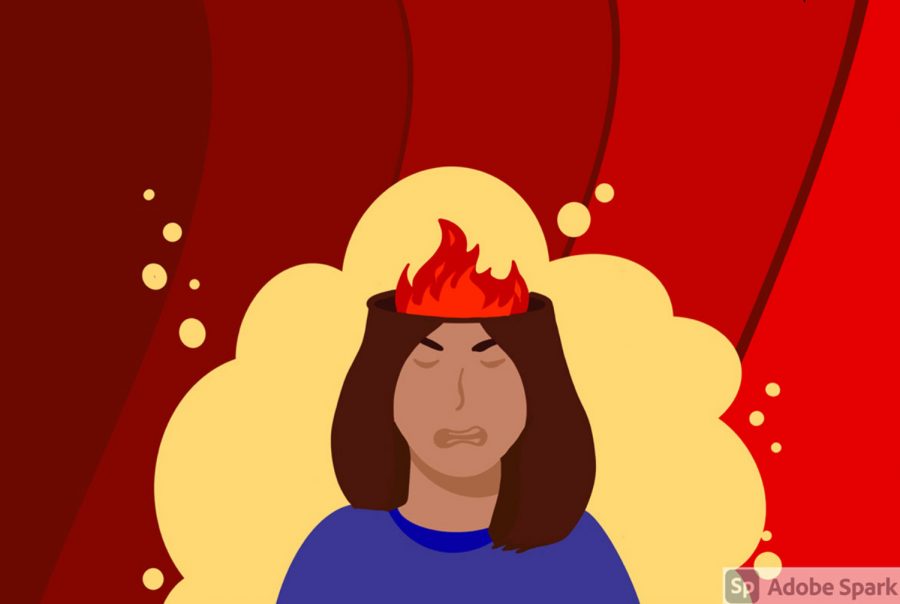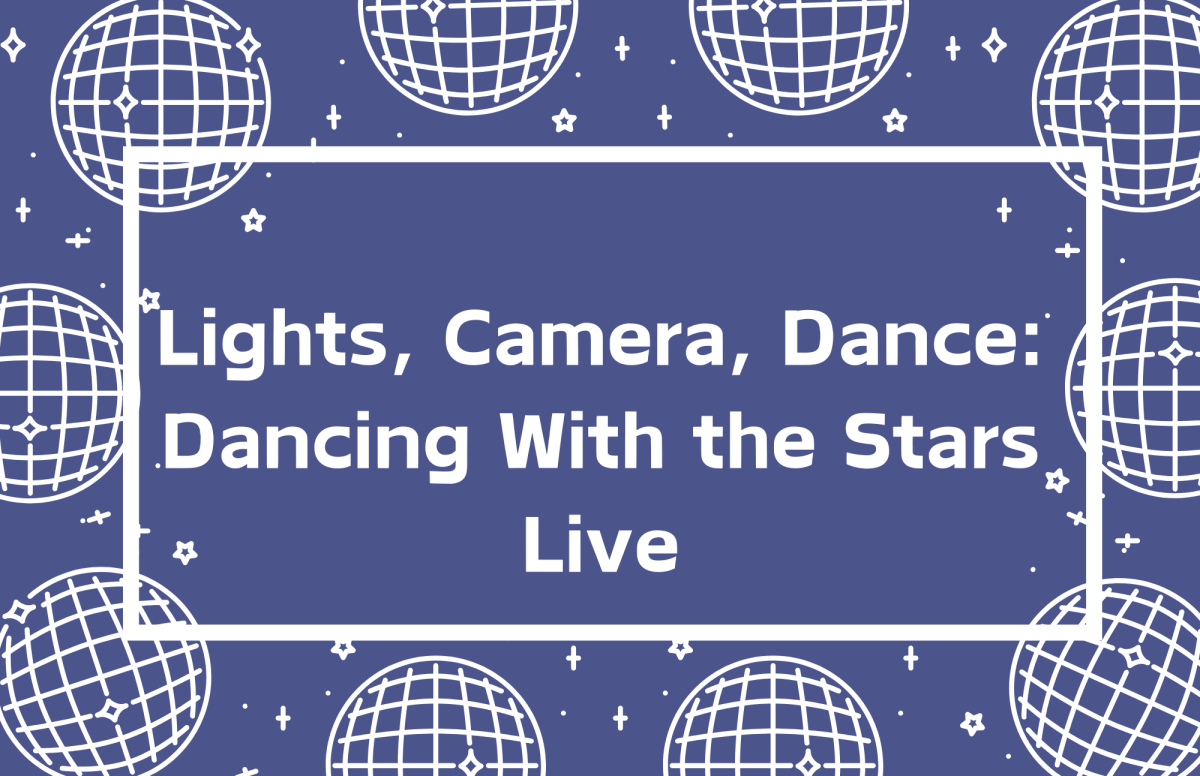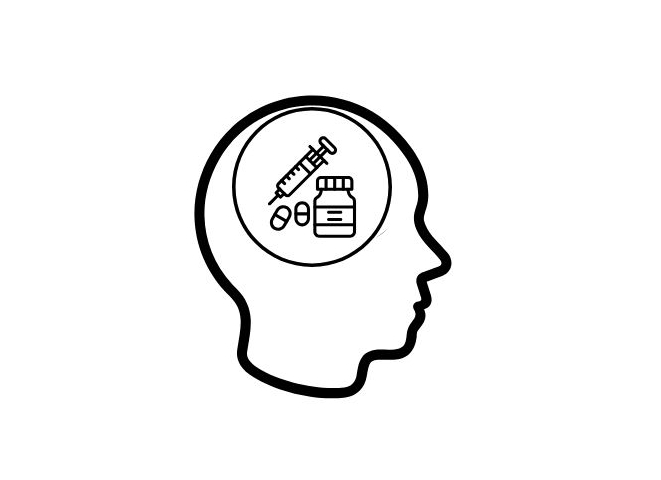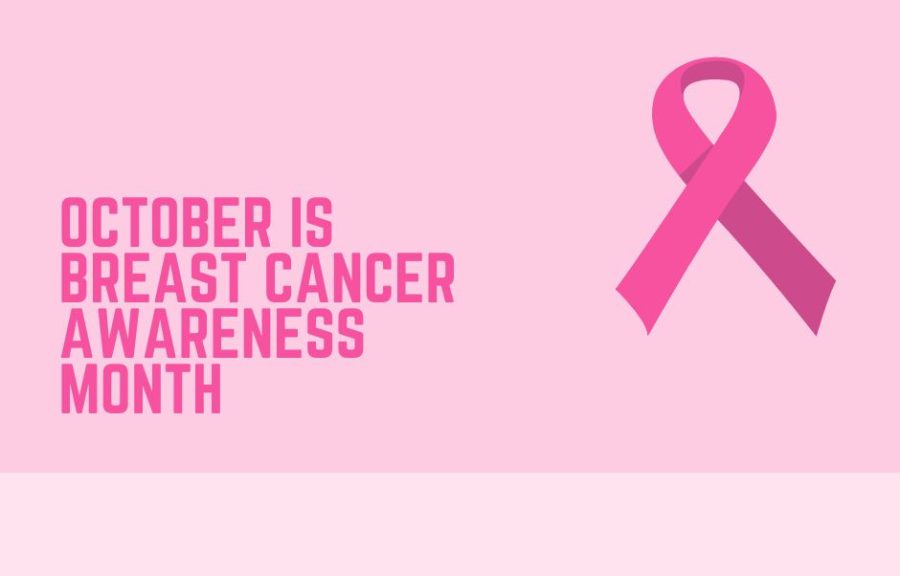Bipolar disorder, otherwise known as manic depression, is a serious mental illness that affects over three million individuals in the United States every year. Bipolar disorder comes in two forms; type I or type II.
According to WebMD, type I and type II bipolar disorder involve periods of severe mood episodes from mania to depression. Manic episodes are present in both types of bipolar disorder. Manic episodes are when one experiences extreme psychological highs and lows over a period of time. During the highs the person may feel euphoric and as if they are unstoppable. The extreme highs that are followed by extreme lows can leave those with bipolar disorder feel hopeless and as if life has no meaning. They may have trouble doing everyday tasks such as going to work or even using the bathroom. In the AP Psychology course that is offered at ACHS, there is a unit that focuses on mental illness. One of the mental illnesses being bipolar disorder type I and type II. AP Psychology teacher Ale believes that type I and type II are similar, but not exactly the same.
“I would argue that they are both equally as difficult to deal with,” Joyce said. “Bipolar I is more severe when it comes to mania, while bipolar II is more severe when it comes to depression. Both mania and depression can be very disruptive to your life, so it is hard to say one is worse than the other.”
Having bipolar disorder cannot be traced back to one specific cause or genetic, but those factors can make a difference. Both types of bipolar are heritable, but another cause can be the environment that one’s developing brain is exposed to.
According to WebMD, though the exact cause of bipolar disorder has yet to be found, scientists confirm that bipolar disorder has a genetic component, meaning the disorder can run in families. Some research suggests that multiple factors may interact to produce the abnormal function of brain circuits that results in bipolar disorder’s symptoms of major depression and mania. Examples of environmental factors may include stress, alcohol or substance abuse, and lack of sleep.
Another large side effect of bipolar disorder is “hypomania” or “rapid cycling.” Rapid cycling can occur at any time over the course of illness. Rapid cycling can end up affecting someone with type I or type II, but varies among each person. Just because you have bipolar disorder does not mean that you will necessarily experience rapid cycling.
According to Very Well Mind, rapid cycling is a term used when a person with bipolar disorder experiences four or more mood swings (episodes) within a twelve-month period. An episode may consist of depression, mania or hypomania. Some estimates are that between 5% to 10% of people with bipolar disorder will meet the diagnostic criteria for rapid cycling.
Rapid cycling in bipolar disorder not only places individuals at greater risk of alcohol and substance abuse but also increases the likelihood of self-harm. Those with type II are more likely to suffer from rapid cycling than those with type I, as it directly relates to hypomania, a symptom more common with type II.
If you or a loved one is struggling with mental illness do not be hesitant to ask for help. The National Suicide Hotline is available for support 24 hours of the day. Call +1-800-273-8255 for anything that you may need. Contact social media outlets directly if you are concerned about a friend’s social media updates or dial 911 in an emergency.















